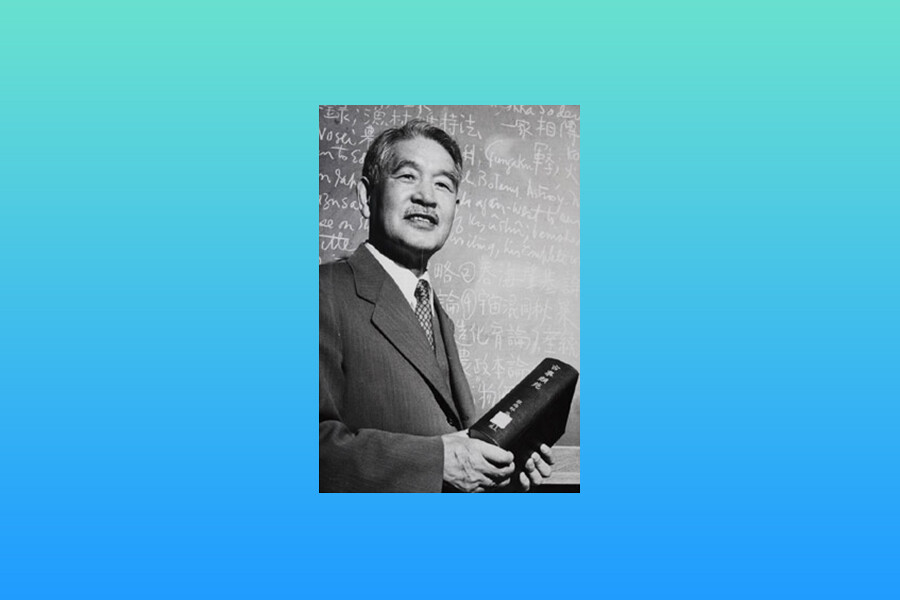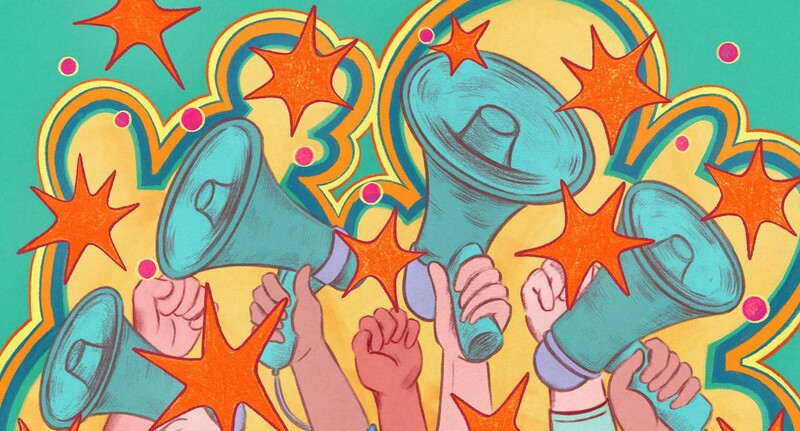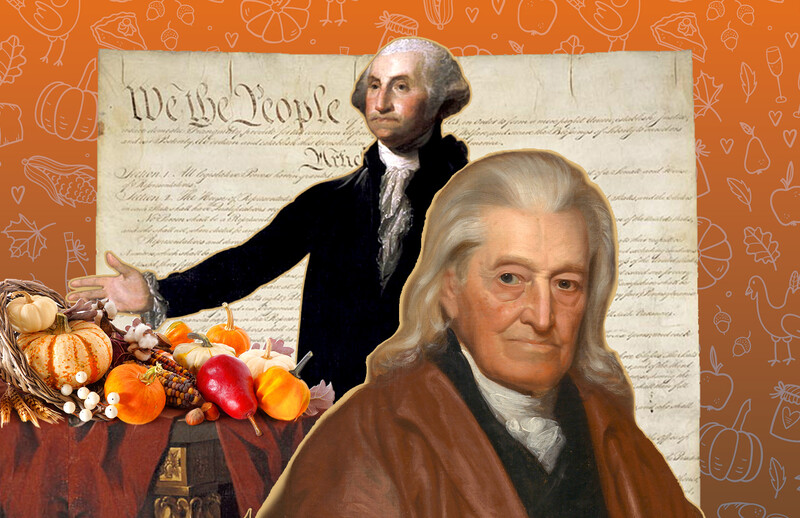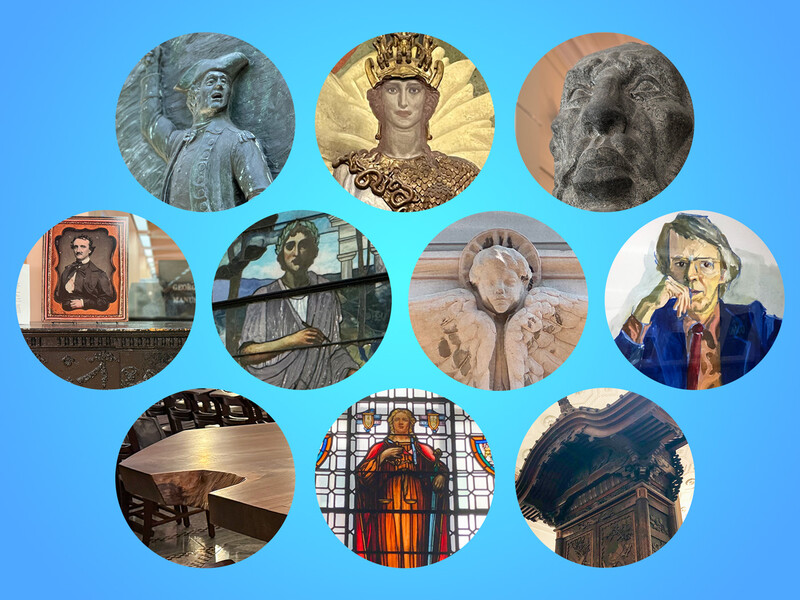Ryusaku Tsunoda ’62HON came from Japan to the United States via Hawaii in 1917, hoping to study American education and in particular to study under John Dewey. After a short stay at Teachers College he took up the position of Secretary of the Japanese Association in New York. During his eight years in that office, the idea of creating a Japanese culture center in New York became his great ambition. Finally in 1926, he appealed to the local Japanese community as well as to a number of American friends, some of whom were affiliated with Columbia, for support toward the founding of a library and a center to promote Japanese studies. Out of this grew the Japanese Collection at Columbia.
It was only natural for Tsunoda, however, with his scholarly inclinations and interest in education, to want to share his deep knowledge of Japanese history and culture. Even without any advanced degrees, he became a charismatic teacher to the handful of students who found their way to him in the recesses of Low Library.
Among these was the eminent British historian of Japan, Sir George Sansom, who, during his years at Columbia in the late forties and early fifties, was glad to acknowledge Tsunoda as his teacher. That Sansom had already established himself as the premier Western historian of Japan is a tribute to the high standard of cultural competence expected of British foreign service officers in the early twentieth century but also to his own special gifts as a cultural historian with a sensitive appreciation of things Japanese.
Sansom with his extraordinary competence in both the diplomatic and scholarly fields was the obvious choice for first director of Columbia's East Asian Institute. Today the Institute is graced by the historian Carol Gluck ’71SIPA ’77GSAS, who carries the appropriate title of Sir George Sansom Professor of Japanese History.
The following reminiscences of Ryusaku Tsunoda were written by Donald Keene after Tsunoda’s retirement from Columbia in 1955. They were first published in Japanese by the leading cultural review Bungei Shunju in 1962, to acquaint the Japanese public with the life of an expatriate scholar few of them had heard about in the period of estrangement between the United States and Japan, during and just after World War II.
—Wm. Theodore de Bary
At Columbia University, when people say sensei they are certain to be referring to Ryusaku Tsunoda Sensei, “teacher.” But when we call him Sensei it is not merely an expression of the respect due to a senior scholar and mentor but a mark of our special affection.
Sir George Sansom, for many years his colleague at Columbia, once called Sensei the father of Japanese studies in America and stated that he was proud to be his disciple. But however much he may be called Sensei, the most remarkable thing about Tsunoda Sensei is his amazing youthfulness. He was born in 1877, but he looks like a well-preserved gentleman of sixty, and his heart is that of a young man. The retirement age at Columbia is 65, but sometimes for special reasons this is extended to 68; Tsunoda Sensei must surely be the first ever to deliver lectures on a regular basis at the age of 85, and he will probably be the last.
I first met Tsunoda Sensei twenty years ago. No doubt because it was just on the eve of the outbreak of the Pacific War, I was the only student officially enrolled for his course on the history of Japanese thought. It must surely have been a nuisance to prepare and deliver lectures on such difficult subjects as Buddhism and Neo-Confucianism, all for the sake of one student, but Tsunoda Sensei, as I came to expect of him, spared no pains in his teaching. He would cover the blackboard until it was white with quotations in Chinese, and would pile stacks of books on the classroom table, bringing home to me the breadth and depth of Japanese studies.
On December 5, 1941, Sensei’s lecture took place as usual, but three days later Sensei was taken into custody as an enemy alien. Two months later I joined the Navy. It was not for another four years that I again heard Sensei’s lectures. Sensei, after two or three months of detention, was brought to trial, where he was asked among other things if, in view of the fact that he lived near the George Washington Bridge, there wasn’t a possibility that he might blow up the bridge. Such a foolish question was asked because of the general dread of all Japanese during the war.
As Sensei talked of the duties and responsibilities of any foreigner who had lived for many years in America, he spoke with such sincerity in his voice that the judge was moved. Finally, the judge asked, “Mr. Tsunoda, are you a poet?” He was quite serious, and his question, far from being foolish, showed a real understanding of Sensei’s character.
Sensei seldom talks about himself and is absolutely silent on the subject of his family, but after twenty years’ acquaintance I have learned the main facts of his life. He was born in Gumma Prefecture in 1877, and after going up to Tokyo studied English literature under Tsubouchi Shoyo (known especially for his studies of Shakespeare) at the Tokyo Senmon Gakko, the predecessor of Waseda University. Deeply interested in social questions, Tsunoda went to Kyoto intending to work for the betterment of the eta (outcaste class). He was so horrified to see the filth in the hovels and the wretched condition of people eating with their hands that he felt utterly powerless, and when he discovered that his geta (shoes) were imbedded so deeply in the muddy street that he could not move, this seemed a symbol of his own helplessness. This must have been a severe blow to the young idealist.
In 1897, at the age of twenty, he published his book on Ihara Saikaku, the first book ever to have been written about the great seventeenth-century novelist. In 1899 appeared his translation of Social Evolution by Benjamin Kidd, and in 1904 a translation of The History of Ethics by Wilhelm Wundt.
Sensei first heard about America from an American teacher at Tokyo Senmon Gakko, and full of the spirit of adventure appropriate in a man of the Meiji era, Sensei apparently decided at this time to journey to the New World. In 1909 he went to Hawaii on the invitation of the Buddhist Mission. He seems to have enjoyed his stay in Hawaii, but moved on to New York and began studying at Columbia University, taking courses with John Dewey and others in philosophy. At first Sensei thought it was hopeless attempting to study philosophy in a noisy place like New York, but gradually he came to feel the strange attraction of the human melting pot that New York is, and in the end came to make it his permanent home.
At the time (about forty years ago) the Chinese language and Chinese civilization were taught in a few American universities, but study of Japanese civilization was limited to Japanese art. There were almost no collections of Japanese books, and Americans who wished to study about Japan in an academic manner (there were extremely few of them) had no choice but to go abroad to Europe or Japan. In America Far Eastern studies meant the study of Chinese. Professors of Chinese tended to dismiss Japan as a nation of imitators; needless to say, they knew no Japanese. Sensei, deploring this situation, returned to Japan and gathered funds and books so as to establish a center of Japanese studies in America. The center he envisaged was eventually founded at Columbia, and Sensei was appointed director of the center and lecturer in Japanese civilization. From about 1928 to 1941 Sensei taught Japanese thought, history, and classical literature at Columbia. I myself studied under Sensei for three months before the war, and no sooner was I released from military duty in February 1946 than I returned to Columbia as a graduate student, eager to hear Sensei’s lectures again. At the time his advanced class consisted of five or six students, all people like myself who had studied Japanese during the war in the armed forces, and all desperately anxious to return to the academic world. We begged Sensei for additional lectures, and in the end he was teaching two hours a day of classical literature alone. In three semesters, as I recall, we read the Suma and Akashi chapters of The Tale of Genji, much of Tsurezuregusa and The Pillow Book of Sei Shonagon, the Noh plays Matsukaze and Sotoba Komachi, the whole of Five Women Who Loved Love and The Narrow Road of Oku. I imagine that this must have been a record amount of Japanese classical literature for any class outside Japan to have read in so short a time.
Several things in Sensei’s lectures attracted us. First of all, there was our discovery on being led into an unfamiliar, distant world that, surprisingly enough, shared many intellectual and emotional problems with our own world. Sensei never attempted to “modernize” the thought of the writers of the past, but pointed out instead their essential points and their perennial, universal qualities. His students realized that whatever he discussed—whether Shingon Buddhism, the Chu Hsi school of Confucianism or the Shinto of Motoori Norinaga—was necessary information for the understanding of modern Japan; at the same time, they realized that these topics marked important stages in the history of mankind as a whole, and they felt the narrowness of the traditional Western-oriented education they had hitherto received. His classes gave students the pleasure of participating in an intellectual adventure.
His lectures, despite his advanced years, were full of enthusiasm, and his opinions were not only original but poetic. Sensei’s first lecture in his course on the history of Japanese thought was unforgettable. It dealt with the importance of the sun, mountains, and the water at the dawn of Japanese civilization. He gave numerous examples, and analyzed psychological characteristics of the Japanese still surviving to this day that stem from these three factors. The lecture captured the imagination of the students with its tone, at once pragmatic and poetic. When Sensei lectured about the yin-yang system of thought, he did not dismiss it as mere superstition in the manner of some scholars, but discussed it as an attempt to classify the phenomena of the universe, and made us respect the men of ancient times who had devised it.
Sensei was interested in every period of Japanese intellectual history, but the independent thinkers of the Tokugawa period seem to have attracted him most. Immediately after the end of the war the young people who were attempting to build a new, democratic Japan preached the necessity of making a clean sweep of the old traditions as feudalistic, but Sensei, who believed deeply in democracy, wondered if there were not a connection between Japanese tradition and modern men, and if there was nothing in tradition that might prove of use to the Japan of the future.
Whatever work Sensei discussed, he was able with surprising skill to make us understand its literary value, and even as we haltingly read the difficult classics before us, we were struck by the beauty of the style. Sensei must surely have read such a work as Tsurezuregusa (Essays in Idleness) many times before he taught it to us, but he communicated the wonder of its style by the excitement and delight in his voice, which suggested that he had discovered Yoshida Kenko’s masterpiece for the first time.
For the past forty years Sensei has lived in the ultramodern city of New York and seems very fond of his life here. Sensei is, after all, imbued with the spirit of enlightenment of the early Meiji period, and is fond of anything new. (It is by no means accidental that he should now be plunged in a study of Benjamin Franklin.) He lives in a modern apartment, and when visitors come, he is likely to serve them a steak, his proudest accomplishment as a chef. He is always dressed in well-fitting suits and looks rather like a retired diplomat.
Among Sensei’s pleasures in New York, watching baseball games occupies an important place. He was a long-time, fanatical devotee of the New York Giants, and the Giants’ move to San Francisco came as a great shock. Probably he is now forced to watch the Yankees play, though for years he detested them.
Another pleasure of Sensei’s life in New York is the Hudson River and Fort Tryon Park facing it. Sensei loves the mighty Hudson, so much so that his long walks along its banks before the war seemed to have started rumors that he was a spy. One evening, just as the war was ending, Sensei saw the sun sinking above the Hudson and imagined it was symbolic of the future of Japan. When he writes in the Japanese-language newspaper published in New York he often uses a pen-name based on the names of the Hudson River and Fort Tryon Park.
But probably Sensei’s deepest attachments in New York are to Columbia University. Probably no one has ever taught as long at Columbia as Sensei, and he is well acquainted with the history of the University. He has frequently attended lectures given during the past thirty years by famous professors of history, philosophy, and religion, and can tell interesting anecdotes about the great teachers of former days.
Sensei seems to have become a New Yorker through and through, but this is not the case: sometimes, when apologizing to Japanese guests for the inadequacy of the hospitality he has offered he even says, “It’s the best I can do, considering I’m away from home.” Sensei is beyond any doubt a Japanese, and no matter how long he may live abroad, it is unlikely that there will be any change. Sensei sometimes travels in America, and he is apt to say on seeing the home of Thomas Jefferson or the region of Lake Champlain where John Dewey was born that he would like to retire to such a place. But no matter how attracted he may be to the scenery or atmosphere of a place, anywhere that is not Japan is likely always to remain “away from home.” It is precisely because he is so completely Japanese that he has been able to exert so strong an influence on generations of American students.
But the point on which Sensei and his disciples differ the most is the question of his fame. We would like to see our beloved, wonderful teacher recognized throughout the world, but Sensei seems utterly indifferent on this matter. Not only is he absolutely opposed to any self propagandizing, but he rarely refers to his private life and seems reluctant to answer any questions. It is a real question in my mind whether or not Sensei will be pleased to read this article about him. Perhaps he may be outraged at this invasion of his privacy—though I cannot recall ever having seen him outraged—but I cannot refrain from wishing to spread word about him. I have had the privilege of being taught by many splendid teachers, but none his superior.



